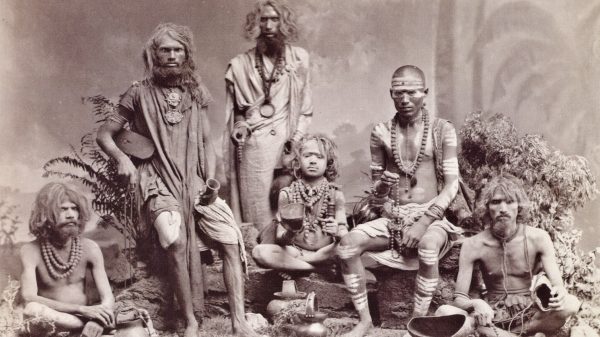For the past few years, sex and India has been in the news, mostly in a negative light – highlighting a rape culture and gender disparity that’s rearing its head on a global scale. It’s ironic, considering the restrictive and puritanical attitudes towards sex and their consequences on women in modern-day India, that pre-colonial India was relatively open when it came to sex.
Sex and nudity feature prominently in temple sculptures, especially in South India, and in Indian literature; the most well-known literature about sex practices in human history is the Vatsyayana Kamasutram, better known as the Kama Sutra, written somewhere between 400 BCE and 200 CE. Up until the invasion of India by several uptight European nations, most notably the British, sex for pleasure was perfectly acceptable, if not encouraged, in Indian life – albeit in the marriage bed.
As the grip of Victorian England tightened on Indian culture, the Hindu attitude towards sex became increasingly seen as “barbaric” and inferior to the tight-assed (no pun intended) English attitudes towards sex, which were basically that masturbation caused serious health issues, sex should be restricted to reproduction purposes, and enjoying sex in any way was shameful, especially for women. This unfortunate way of thinking was imposed on Indian culture and eroded their attitudes toward one of life’s few pleasures. As a result, Victorian ideals became the norm in India, and conservative sex values are still the norm today.














